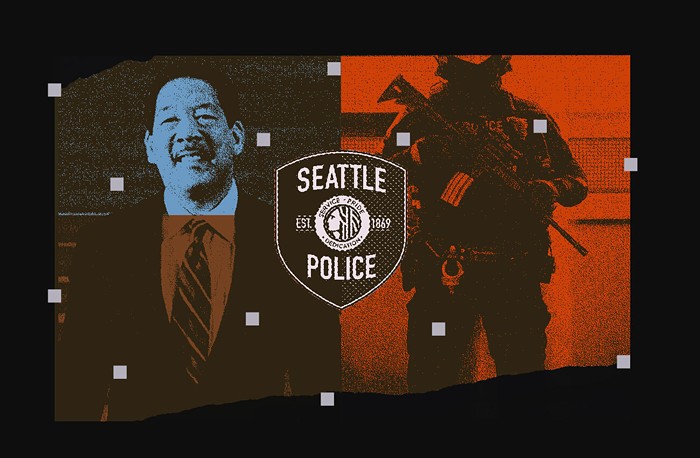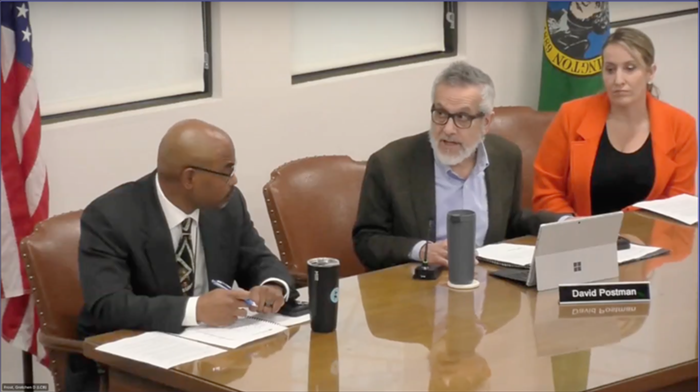So, you might have heard that a couple lanes of northbound Interstate 5 were closed last week. Hysterical media predictions of "nightmare" traffic failed to come true. Lists of "survival tips" for dealing with hellish commutes failed to be necessary. Even an entire blog (the Seattle Times' The Clog) devoted to "the Closure" couldn't make the predicted traffic clusterfuck materialize. For nearly two weeks, half of I-5 has been closed down—and traffic has, as if by a miracle, actually gotten better.
Collective panic alone can't explain the startling statistic that graced front pages last week: Of 120,000 cars that normally use northbound I-5 daily, half simply went away. Their drivers took alternate routes, rode transit, worked from home, or didn't take unnecessary trips. In other words, they adapted to changed circumstances.
Well, duh. That's what people do—in San Francisco (when the Embarcadero closed in 1989); in Milwaukee (where the Park East Freeway came down in 2003); and in Portland (where the removal of Harbor Drive in 1974 made it the first city to actually take out an existing freeway). And it's exactly what The Stranger has long said will happen here if the Alaskan Way Viaduct is closed and replaced with a modest surface alternative that includes investments in transit and fixes to the surface street grid downtown.
Traffic models rarely provide accurate predictions of human behavior—in large part, because they assume humans can't adapt to changed circumstances. In the case of I-5, planners' models predicted that the freeway would be gridlocked well into Seattle's southern suburbs; that every I-5 detour would be similarly congested; and that nightmare traffic would last all day, eliminating the usual midday lull. State transportation planners also predicted that if half of northbound I-5 commuters altered their commute patterns, the congestion would be the equivalent of a regular weekday rush hour. None of those predictions—none of them—came true. Traffic got a little worse on the second day of the closure, as some commuters tried to take advantage of the open highway, but by the second week, traffic had leveled out to its previous level.
The I-5 experience blows a hole in the gospel of endless road expansion. You can't argue that closing the viaduct would lead to disaster and then ignore the fact that eliminating half the lanes on a major freeway through Seattle actually made traffic better. And that's without any additional transit service from Metro, the main transit provider in the region. (Sound Transit stepped up service a bit, and still found itself with over-capacity Sounder trains.) Imagine how much smoother the commute on I-5 could have been with expanded transit to take another 20,000 or 30,000 cars off the road. ![]()


















